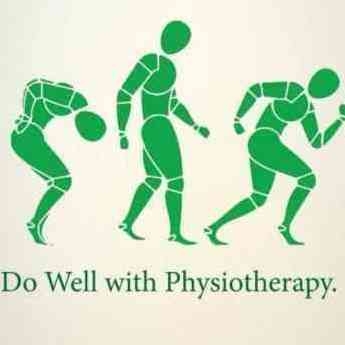+918042754929

This is your website preview.
Currently it only shows your basic business info. Start adding relevant business details such as description, images and products or services to gain your customers attention by using Boost 360 android app / iOS App / web portal.
MENISCECTOMY ⠀ Not all meniscal injuries requir...
MENISCECTOMY ⠀ Not all meniscal injuries require surgery. Additionally, during surgery not all meniscus tears are amenable to repair. A partial meniscectomy (removing the torn part of the meniscus) is one of the most common procedures performed in orthopaedics. When this procedure is done for the correct indication on the correct patient, it can have excellent results. ⠀ Removing a part of the meniscus should, generally, be done if a patient has continued symptoms after conservative therapy (PT, NSAIDs, rest, ice etc) or if the patient is having mechanical symptoms such as locking or catching. If a part of the meniscus is removed without these indications, we run the risk of decreasing the amount of “cushion” in the joint and increasing the rate at which a patient can develop osteoarthritis. ⠀ Remember, the function of the meniscus is to decrease the contact forces and stress on the joint. Thus, by removing part of the meniscus we are increasing the stress on the cartilage at the end of the bones. An extreme example of this is shown in the following images. The first picture demonstrates an X-ray of a 60 yr old patient. The arrow demonstrates some narrowing on the medial (inner) side of the joint. He had a partial meniscectomy done prior to seeing me. ⠀ 12 months after his surgery, his medial compartment started to narrow further and collapse as you can see by the area encircled on the second picture. The pain was unbearable just to walk. He would have been a perfect candidate for a partial knee replacement but due to his symptoms both laterally (outer side of the knee) and anteriorly (front of the knee), we decided to proceed with a total knee replacement. ⠀ Take home message: Remember to talk to your doctor in detail about a partial meniscectomy; not everyone needs it and it is not just a “clean up.” It can leave our joint vulnerable, but when done for the correct reason it is an excellent operation.

